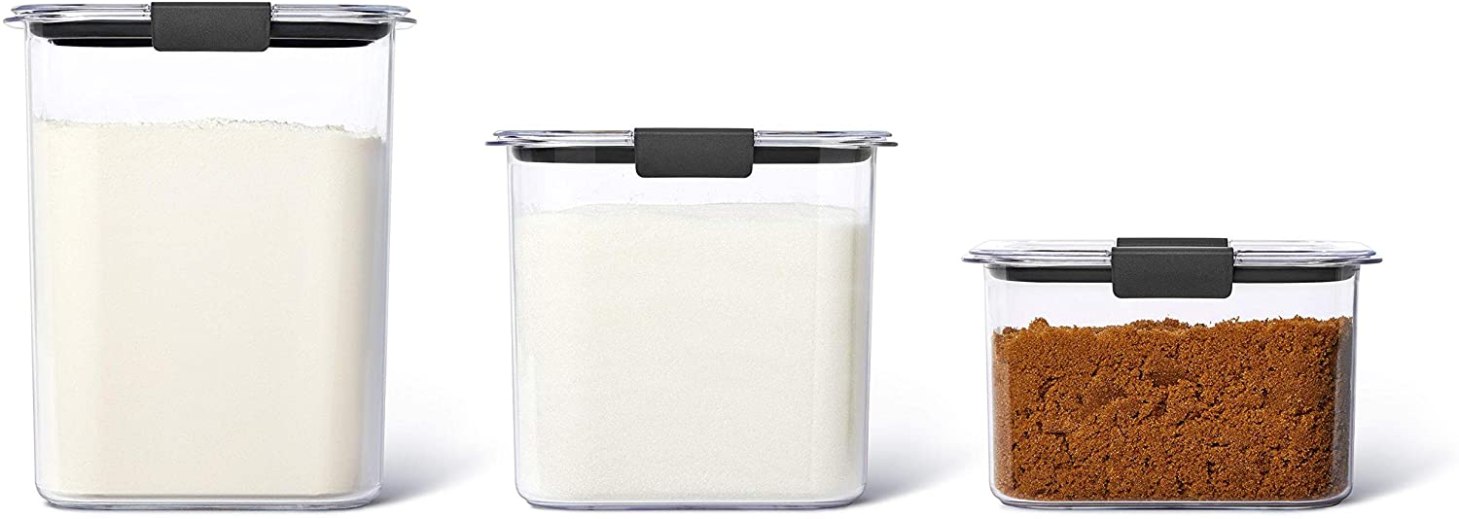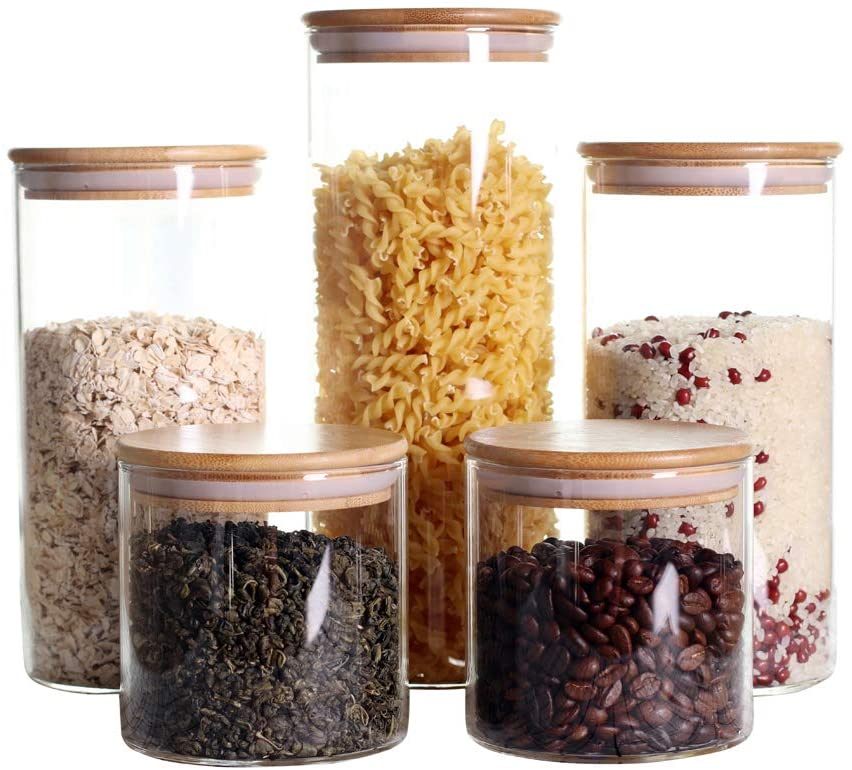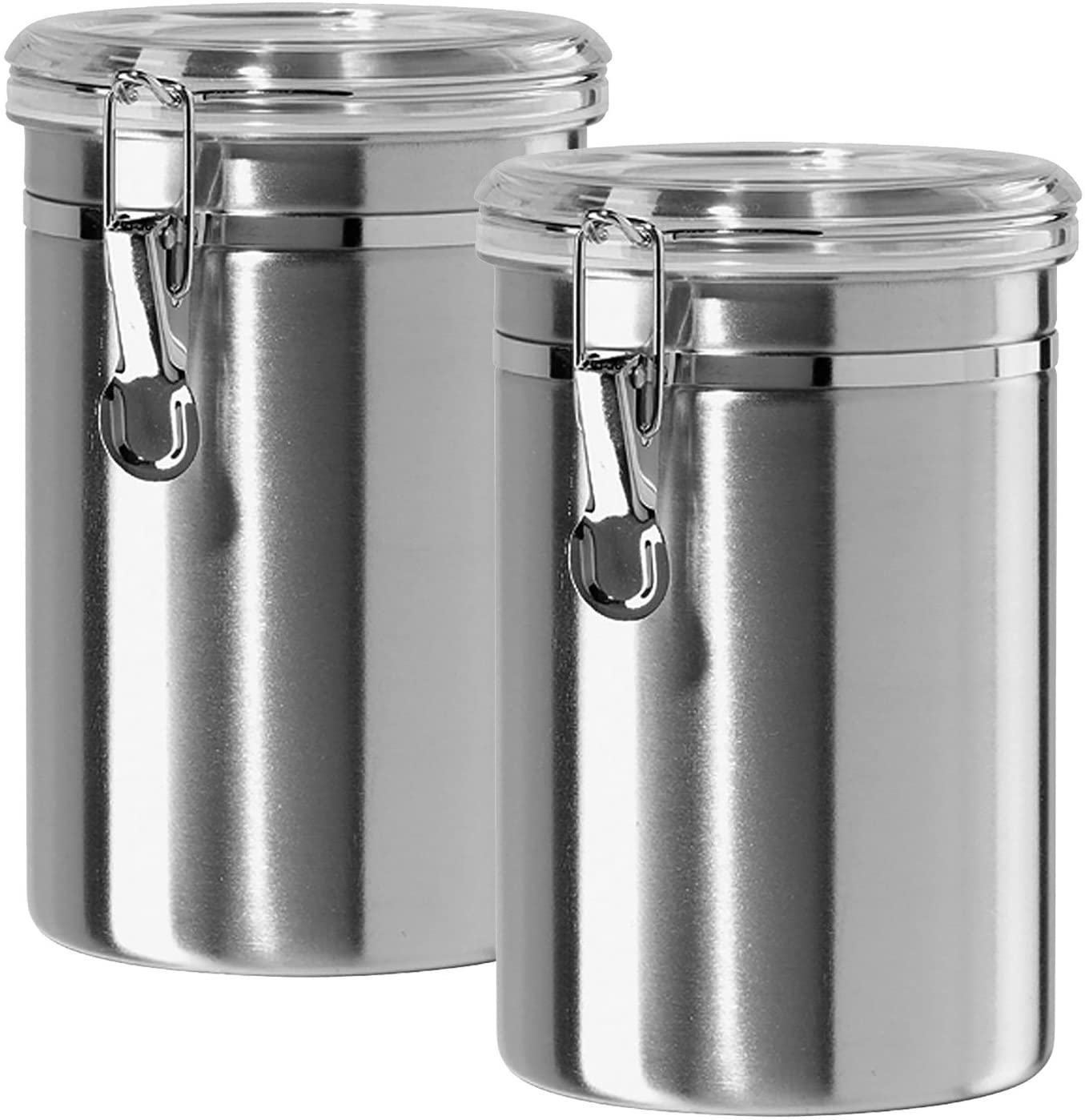Does Flour Go Bad? Chefs and Registered Dietitians Say Yes—Here’s How To Tell
"All foods except preservatives, for example, sugar or honey, go bad eventually," says Ariane Resnick, CNC, a chef and certified nutritionist. According to the U.S. Department of Agriculture (USDA), because flour has low moisture content and is heat-treated, it is safe to eat for a very long time, even if the expiration date has passed. The key to keeping it good is proper storage.
- Ariane Resnick, CNC, special diet chef and certified nutritionist
- Melissa Rifkin, MS, RD, New York-based registered dietitian
- Vandana Sheth, RDN, registered dietitian nutritionist and diabetes specialist in Los Angeles, California
Why does flour go bad?
Although it doesn't look it, flour is raw food that requires proper handling and storage.
"Leaving it open and exposed to air will ruin the texture," says Resnick. "Hot homes, over 78°F, will accelerate the oils in the flour going bad."
The type will dictate how long flour lasts in your cupboard.
"White flour is best for longevity. It has the bran removed, which is where the oil is contained, so it only has one gram of fat left per cup. It can easily last several years in the cupboard without issue," says Resnick. "Conversely, all whole food flours, including whole wheat flour, will last a maximum of a couple of years at room temperature. The more oil, the faster it will turn. That makes high-fat flours, such as coconut, which typically has 16 grams of fat per cup, the fastest to go bad."
{{post.sponsorText}}
However, just because old flour could be safe to eat, it might not taste great, explains registered dietitian Melissa Rifkin, RD. "If you bake/cook with outdated flour your results may be impacted, as well as compromised taste," says Rifkin. "Once it's past its best by date, the quality and taste with deteriorate."
No matter how new or old your flour is, the Federal Drug Administration (FDA) warns that you should never consume it raw. "The grains from which flour is ground are grown in fields and, like all foods grown outdoors, they may be exposed to a variety of harmful bacteria like Salmonella and pathogenic Escherichia coli (E. coli)," reads the FDA website.
Signs that your flour has gone bad
Note that the best-by date on your flour has nothing to do with food safety. As long as it isn't showing any of the below signs, it's safe to cook and bake with.
"If flour goes bad, it will smell rancid—sort of like nuts or oil do. That's because it's the oil in the flour turning," says Resnick. If it changes color or grows mold, that's also a sign that it has gone bad, adds Vandana Sheth, RDN, registered dietitian nutritionist and author of My Indian Table: Quick & Tasty Vegetarian Recipes ($25).
Another sign your flour has gone bad is the presence of teeny tiny beetles commonly referred to as weevils. "Heavily infested food products should be discarded because of their decreased nutritional values and their increased risk of spoilage and foodborne illness," reads literature from the University of Idaho. But if you notice just a few weevils, they say it's still safe to consume after being properly treated. Lightly infested flour can be treated in small batches by either heating or freezing. For heating, bake a batch in a shallow pan in a 140°F oven for 30 minutes, but never microwave it—it can start a fire. For freezing, place your flour in the freezer for at least four to seven days depending on the size of the package.
Proper storage
You can get the most life out of your flour by storing it correctly. That paper or plastic bag it came in won't cut it.
"Store flour in an air-tight container in a cool and dry place," says Sheth. "If you would like to extend the shelf life consider storing it in the refrigerator or freezer."
The University of Idaho recommends using metal, glass, or hard plastic containers with tight-fitting lids. "Plastic, burlap, paper, and cloth bags offer little protection against insects, mice or moisture and are not recommended for food storage," they say. When decanting your flour into storage containers, be sure to use all of what's in the container before adding more. Otherwise, you'll always have an old layer toward the bottom that won't get used and can go bad with time.
The best storage containers for flour

The Rubbermaid Brilliance Plastic Food Storage Pantry Set comes with three BPA-free, dishwasher-safe, odor-resistant, stain-resistant, and freezer-safe containers. It includes one 16 cup, one 12 cup, and one 7.8 cup containers, plus lids

The Leaves and Trees Glass Food Storage Jars Containers set comes with five glass containers with fitted bamboo lids. It includes two small containers (about 4-inches wide by 4-inches tall), two medium containers (about 4-inches wide by 8-inches tall), and one large container (about 4-inches wide by x 11-inches tall. They are dishwasher and microwave safe.

This SilverOnyx Stainless Steel Canisters set includes two airtight medium containers that can fit 64 ounces. They are dishwasher safe, but it is recommended to wash them by hand to protect the finish.
Oh hi! You look like someone who loves free workouts, discounts for cult-fave wellness brands, and exclusive Well+Good content. Sign up for Well+, our online community of wellness insiders, and unlock your rewards instantly.
Loading More Posts...